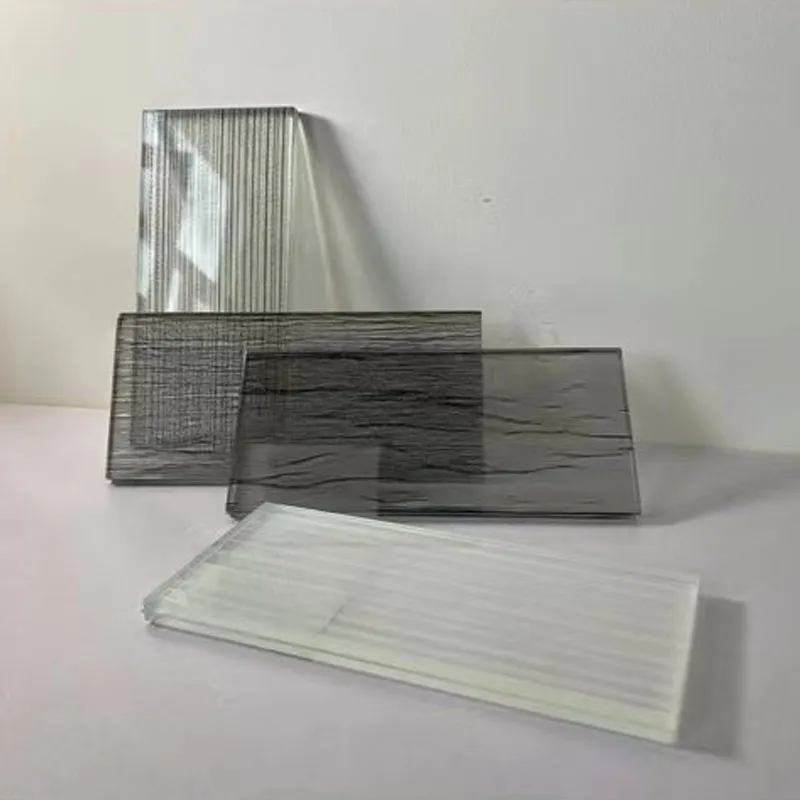The Allure of Decorative Stained Glass
Stained glass has long been celebrated as a unique and captivating art form that transcends mere functionality. With its roots tracing back to ancient civilizations, decorative stained glass has evolved dramatically, becoming a cherished element in architecture and design, particularly in religious and secular buildings alike. Today, its vibrant colors and intricate patterns continue to enchant audiences worldwide, making it a timeless favorite.
A Brief History
The art of stained glass can be traced back to antiquity, with the earliest known examples originating in the Roman Empire where glass was colored using metallic oxides. However, it wasn’t until the Middle Ages that stained glass became widely popular, particularly in Gothic cathedrals across Europe. Churches began commissioning stunning stained glass windows that not only served to illuminate the interior but also told biblical stories and conveyed moral lessons. The famous Rose Window of Notre-Dame Cathedral is perhaps one of the most iconic examples, demonstrating both artistic prowess and spiritual significance.
During the Renaissance, the techniques of staining and painting on glass advanced, with artists such as Raphael and Michelangelo contributing to the evolution of the art form. As the demand for stained glass grew, so did the variety of styles and techniques, leading to the creation of remarkable panels that adorned not only cathedrals but also private homes and public buildings.
The Appeal of Decorative Stained Glass
What makes decorative stained glass so appealing? For one, its ability to transform light into a kaleidoscope of colors is magical. When sunlight streams through the intricately designed panes, vibrant hues dance across walls and floors, creating an ever-changing canvas that brings spaces to life. This dynamic interplay between light and glass transforms ordinary interiors into extraordinary experiences.
Moreover, decorative stained glass offers a unique opportunity for personal expression. Artists and designers can create custom pieces that reflect individual tastes or themes, using various techniques such as glass painting, etching, and leading. Whether depicting nature, abstract designs, or historical scenes, each piece tells a story and adds a distinct character to any environment.
Stained glass is also highly versatile. While historically prevalent in churches, it has found its way into various modern contexts—homes, offices, shops, and public spaces. This adaptability allows homeowners and designers to incorporate stained glass elements, such as doors, transoms, or decorative partitions, to enhance aesthetics while maintaining privacy and light.
decorative stained glass
Techniques Behind the Art
Creating stained glass is a meticulous process that blends artistry with craftsmanship. Initially, glass is colored using metallic compounds, with different colors achieved through the addition of specific metals. Once the desired colors are obtained, the glass is then cut into shapes and assembled within a framework, usually made of lead or copper foil.
The painting on glass involves a fine application of vitreous paint, which is fused to the glass through a kiln, creating detailed images and designs. Additionally, various finishing techniques like etching and sandblasting can add texture and depth to the final piece. This combination of techniques results in stunningly intricate and vibrant artwork that stands the test of time.
Preservation and Modern Innovations
As decorative stained glass continues to captivate and inspire, its preservation has become vital. Many historical stained glass works are around for centuries, yet they face risks from environmental factors and neglect. Restoration experts employ careful techniques to repair and preserve these artworks, ensuring that future generations can appreciate their beauty.
In recent years, we have also witnessed modern innovations in stained glass, with artists experimenting with new materials and technology, blending traditional methods with contemporary design. From incorporating LED lighting to experimenting with glass composites, the possibilities are vast and exciting.
Conclusion
Decorative stained glass is more than just an art form; it is a harmonious blend of history, craftsmanship, and creativity. Its ability to transform spaces with color and light, combined with the personal touch it offers, ensures that it will remain a beloved medium in both architecture and art. Whether through historical churches or contemporary installations, stained glass continues to shine brightly, illuminating our surroundings with its enchanting beauty.
 Afrikaans
Afrikaans  Albanian
Albanian  Amharic
Amharic  Arabic
Arabic  Armenian
Armenian  Azerbaijani
Azerbaijani  Basque
Basque  Belarusian
Belarusian  Bengali
Bengali  Bosnian
Bosnian  Bulgarian
Bulgarian  Catalan
Catalan  Cebuano
Cebuano  Corsican
Corsican  Croatian
Croatian  Czech
Czech  Danish
Danish  Dutch
Dutch  English
English  Esperanto
Esperanto  Estonian
Estonian  Finnish
Finnish  French
French  Frisian
Frisian  Galician
Galician  Georgian
Georgian  German
German  Greek
Greek  Gujarati
Gujarati  Haitian Creole
Haitian Creole  hausa
hausa  hawaiian
hawaiian  Hebrew
Hebrew  Hindi
Hindi  Miao
Miao  Hungarian
Hungarian  Icelandic
Icelandic  igbo
igbo  Indonesian
Indonesian  irish
irish  Italian
Italian  Japanese
Japanese  Javanese
Javanese  Kannada
Kannada  kazakh
kazakh  Khmer
Khmer  Rwandese
Rwandese  Korean
Korean  Kurdish
Kurdish  Kyrgyz
Kyrgyz  Lao
Lao  Latin
Latin  Latvian
Latvian  Lithuanian
Lithuanian  Luxembourgish
Luxembourgish  Macedonian
Macedonian  Malgashi
Malgashi  Malay
Malay  Malayalam
Malayalam  Maltese
Maltese  Maori
Maori  Marathi
Marathi  Mongolian
Mongolian  Myanmar
Myanmar  Nepali
Nepali  Norwegian
Norwegian  Norwegian
Norwegian  Occitan
Occitan  Pashto
Pashto  Persian
Persian  Polish
Polish  Portuguese
Portuguese  Punjabi
Punjabi  Romanian
Romanian  Russian
Russian  Samoan
Samoan  Scottish Gaelic
Scottish Gaelic  Serbian
Serbian  Sesotho
Sesotho  Shona
Shona  Sindhi
Sindhi  Sinhala
Sinhala  Slovak
Slovak  Slovenian
Slovenian  Somali
Somali  Spanish
Spanish  Sundanese
Sundanese  Swahili
Swahili  Swedish
Swedish  Tagalog
Tagalog  Tajik
Tajik  Tamil
Tamil  Tatar
Tatar  Telugu
Telugu  Thai
Thai  Turkish
Turkish  Turkmen
Turkmen  Ukrainian
Ukrainian  Urdu
Urdu  Uighur
Uighur  Uzbek
Uzbek  Vietnamese
Vietnamese  Welsh
Welsh  Bantu
Bantu  Yiddish
Yiddish  Yoruba
Yoruba  Zulu
Zulu 

